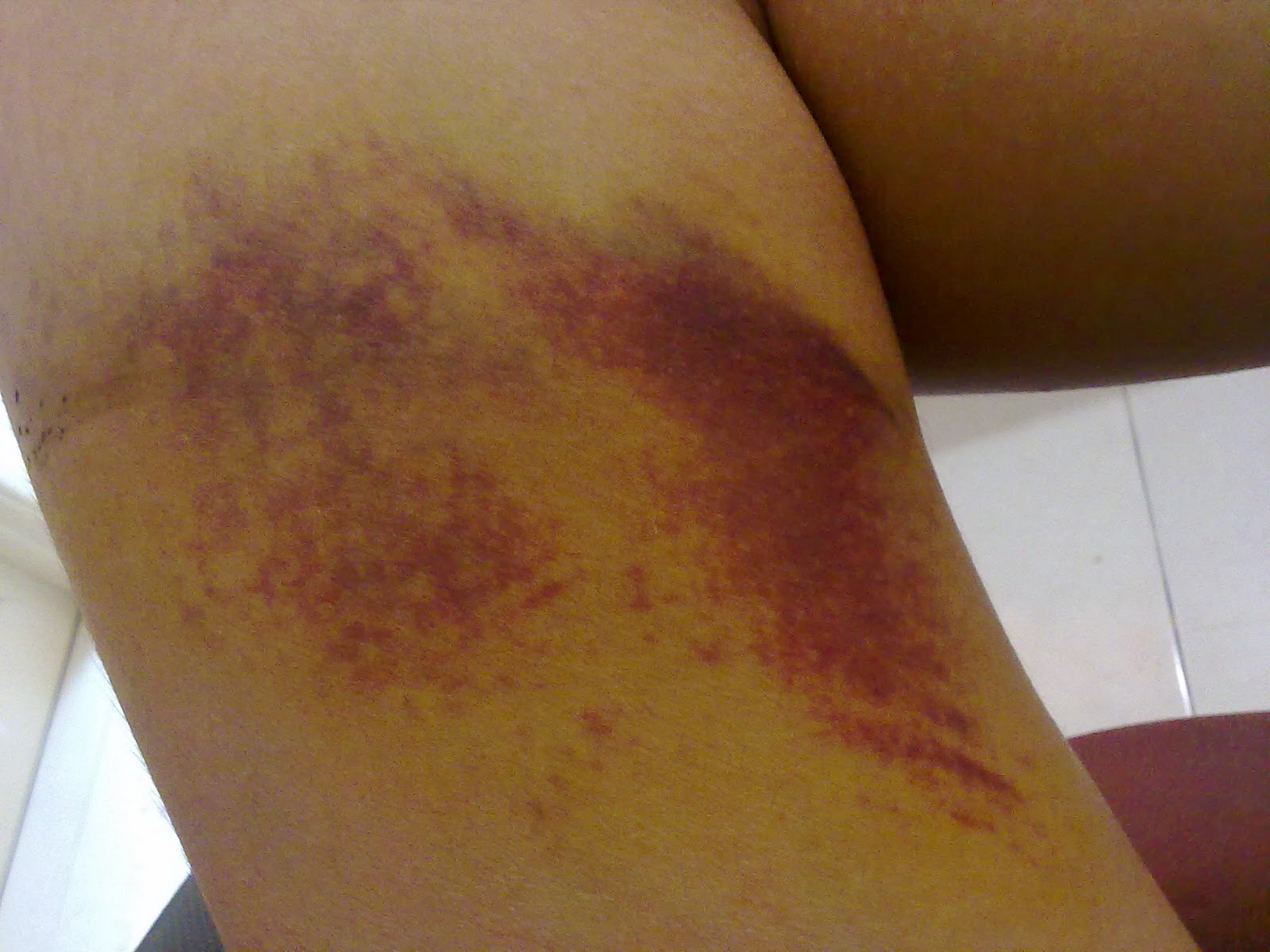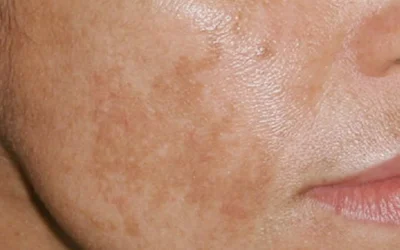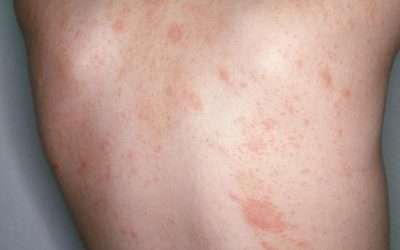Purpura simplex

- very common disease
- affects more women than men
- the exact cause and mechanism remain unclear
- there may be various disorders as one of the symptoms or a variant of the norm
- there may be more cases of this disease in the family


Risk factors
The following factors increase the likelihood of developing this disease:
- low body mass
- taking medicines that affect the clotting system.
- previous use of glucocorticoids (hormones).
- sun exposure
Purpura simplex is characterized by:
- discoloration of the skin and/or mucous membranes due to damage to small blood vessels and bleeding
- color changes occur on their own without previous bruising
- the initial color is violet, which goes through several stages over a few weeks, then the following colors can be seen: orange, brown, blue, green
- by size: up to 2 mm are called petechiae, larger ones are called ecchymoses
- localization: thighs, buttocks, upper arms
Diagnostics
In most cases, the patient’s survey and examination data are sufficient to establish the diagnosis. Blood tests may be performed, during which coagulation indicators are checked (a typical variant of the norm).
Treatment
There is no special treatment. The disease itself, in the absence of another illness, is not life-threatening. It is recommended to correct risk factors, avoid aspirin and preparations containing it.

Vitiligo – Why Do White Patches Appear on the Skin and How to Treat Them?
Vitiligo is a non-contagious skin condition characterized by white patches due to the loss of pigment. While it does not pose a direct threat to physical health, it can have a significant psychological impact. Learn what causes vitiligo, its symptoms, how it is diagnosed, and which treatment methods are currently available.
Hyperpigmentation: Causes, Types, and Modern Treatment Options
Hyperpigmentation is a common skin condition characterized by dark spots that appear due to sun exposure, hormonal changes, or skin damage. In this article, you will learn about the main types and causes of hyperpigmentation, as well as how to effectively treat it using modern dermatological methods and preventive care.
Pityriasis rosea
An acute, self-limiting, exanthematic skin disease that manifests as itchy, somewhat inflammatory, scaly rashes, usually on the torso, chest, and upper limbs.



